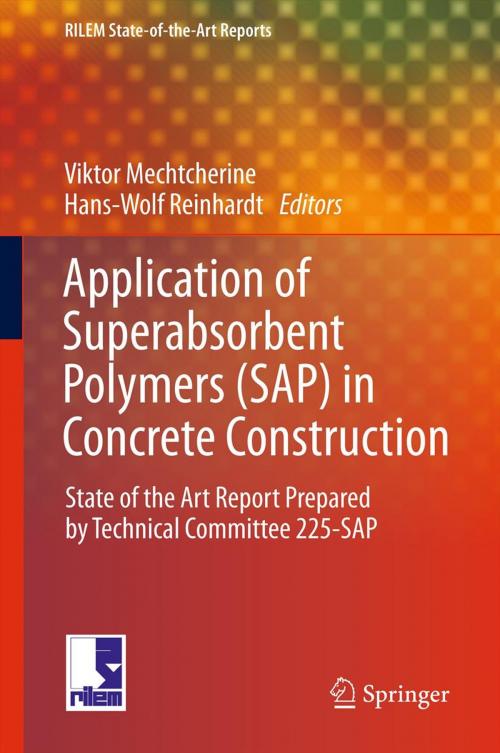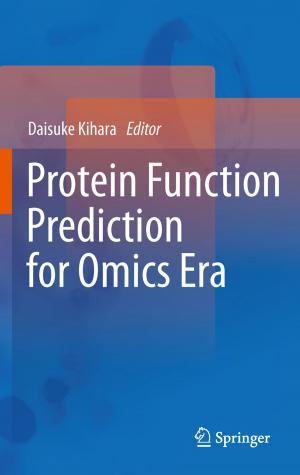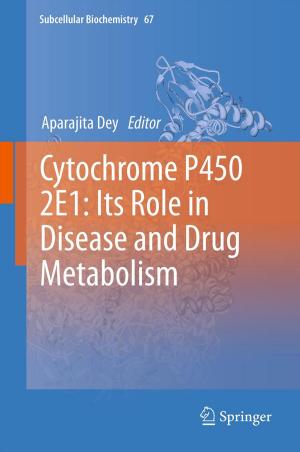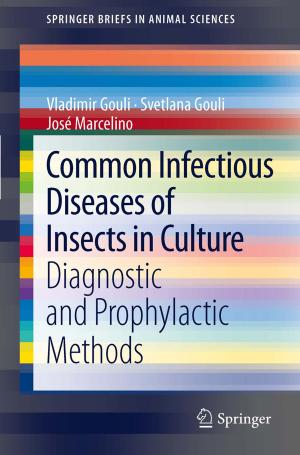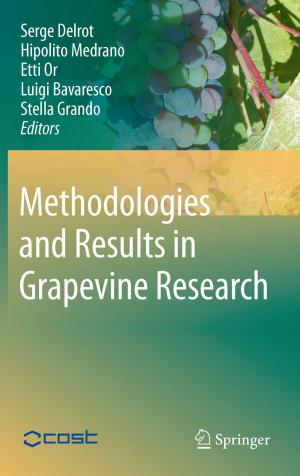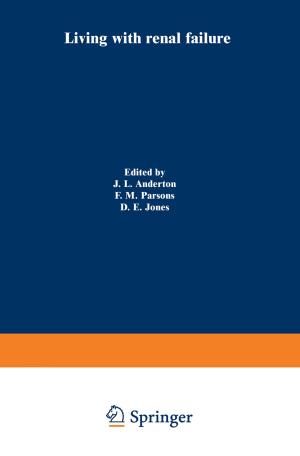Application of Super Absorbent Polymers (SAP) in Concrete Construction
State-of-the-Art Report Prepared by Technical Committee 225-SAP
Nonfiction, Science & Nature, Technology, Material Science, Engineering, Civil| Author: | ISBN: | 9789400727335 | |
| Publisher: | Springer Netherlands | Publication: | January 2, 2012 |
| Imprint: | Springer | Language: | English |
| Author: | |
| ISBN: | 9789400727335 |
| Publisher: | Springer Netherlands |
| Publication: | January 2, 2012 |
| Imprint: | Springer |
| Language: | English |
This is the state-of-the-art report prepared by the RILEM TC “Application of Super Absorbent Polymers (SAP) in concrete construction”. It gives a comprehensive overview of the properties of SAP, specific water absorption and desorption behaviour of SAP in fresh and hardening concrete, effects of the SAP addition on rheological properties of fresh concrete, changes of cement paste microstructure and mechanical properties of concrete. Furthermore, the key advantages of using SAP are described in detail: the ability of this material to act as an internal curing agent to mitigate autogenous shrinkage of high-performance concrete, the possibility to use SAP as an alternative to air-entrainment agents in order to increase the frost resistance of concrete, and finally, the benefit of steering the rheology of fresh cement-based materials. The final chapter describes the first existing and numerous prospective applications for this new concrete additive.
This is the state-of-the-art report prepared by the RILEM TC “Application of Super Absorbent Polymers (SAP) in concrete construction”. It gives a comprehensive overview of the properties of SAP, specific water absorption and desorption behaviour of SAP in fresh and hardening concrete, effects of the SAP addition on rheological properties of fresh concrete, changes of cement paste microstructure and mechanical properties of concrete. Furthermore, the key advantages of using SAP are described in detail: the ability of this material to act as an internal curing agent to mitigate autogenous shrinkage of high-performance concrete, the possibility to use SAP as an alternative to air-entrainment agents in order to increase the frost resistance of concrete, and finally, the benefit of steering the rheology of fresh cement-based materials. The final chapter describes the first existing and numerous prospective applications for this new concrete additive.
